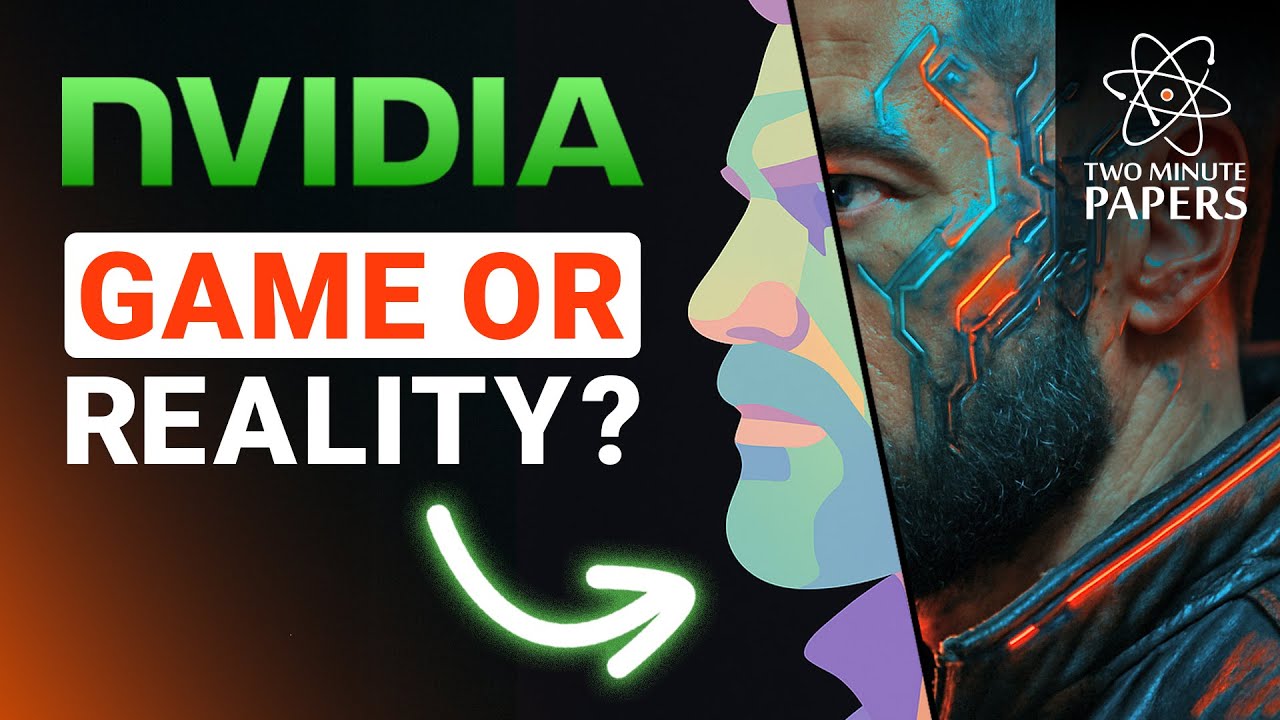The video highlights NVIDIA’s groundbreaking Cosmos AI system, which enables the rapid creation of highly realistic and customizable virtual environments from minimal inputs, significantly advancing AI training for applications like autonomous vehicles and robotics. It also introduces tools like Cosmos Transfer and Cosmos Reason, which enhance scenario generation and AI understanding, making sophisticated AI capabilities more accessible and accelerating innovation across various fields.
The video introduces a groundbreaking advancement in AI technology by NVIDIA called Cosmos, which enables the creation of highly realistic and controllable virtual environments from simple inputs like text prompts, game engines, or minimal data. This system allows users to generate photorealistic scenes such as factories, kitchens, or outdoor environments with minimal effort, providing a powerful tool for training AI models in diverse scenarios. The key innovation is that these generated environments can be tailored with various conditions like weather or time of day, making them ideal for simulating real-world situations for tasks like self-driving cars or robotics.
A significant feature of NVIDIA’s Cosmos is the Cosmos Transfer, which can take low-information inputs such as outlines or depth data and produce detailed, realistic images or videos. This capability extends to combining multiple types of inputs—like different weather conditions or lighting—to generate a wide variety of scenarios. This flexibility allows AI systems to learn from a vast array of simulated experiences, preparing them for real-world deployment. For example, self-driving AI can be trained in countless imagined situations, including adverse weather or partial camera obstructions, greatly enhancing their robustness and reliability.
The video highlights how these tools surpass previous techniques like ControlNet by allowing the integration of multiple input types simultaneously, leading to more meaningful and diverse outputs. This multi-input approach enables the creation of complex scenarios, such as different times of day or weather conditions, from minimal initial data. The ability to generate such varied scenarios rapidly accelerates AI training, especially for autonomous vehicles, which can learn to handle rare or dangerous situations without real-world risks. The potential for these tools to revolutionize AI training and development is emphasized as truly extraordinary.
Further, the video showcases how Cosmos can be used to generate different types of robots and environments, such as kitchens or construction sites, from simple inputs. This capability allows robots to gain experience in a multitude of settings before actual deployment, reducing the need for physical training environments. The versatility extends to transforming scenes into various contexts—like turning a scene into a factory or living room—demonstrating the immense creative and practical potential of this technology. Despite its groundbreaking nature, the speaker laments that such innovations are not yet widely recognized or discussed.
Finally, the video demonstrates how these advancements are not just theoretical but accessible to everyone. NVIDIA has developed Cosmos Reason, a tool that enables AI to understand and analyze scenarios, including performing tasks like self-driving decisions. The speaker expresses optimism that these tools will make autonomous vehicles and helpful robots a reality, with AI systems capable of handling complex tasks and chores seamlessly. Additionally, new AI tools like Macro.com, which offers instant explanations of academic papers, are introduced as part of this AI revolution. All these innovations are available for free, promising to accelerate progress and democratize access to cutting-edge AI technology.
